According to the hindu beliefs, the energy or power in the feminine form should be used for attaining the pure consciousness or wisdom within us, which is otherwise inactive in the static masculine form. The awareness about the self and the universe leads to the ultimate knowledge which is the path to moksha or the end of physical existence in earth. If the knowledge is never attained, the cycle continues and the life in earth continues through different reincarnations. The one who seeks spiritual knowledge and puts his desires and efforts to attain the right consciousness finally surpasses the cycle birth and death, and attains moksha where the soul reunites with the supreme power.
Moksha can be defined as the state of liberation or release when your soul dissolves or unites with the ultimate supreme power and therefore you overcome the cycle of births and deaths and also the associated temporary happiness and sorrows. There is actually no more " you" once the soul within you have united with the supreme power.
Attaining the state of moksha is quite difficult as you will need to attain the consciousness or awareness for that. One who is enlightened or attained the pure consciousness or wisdom will have no desires or attachments in his mind. He sees everything as part of the same energy and he should have overcome all the desires from the five senses.
Attaining this kind of a state is very hard or nearly impossible as we are all driven mostly by our emotions, desires and passions. It is believed that there were great sages who attained the wisdom or consciousness as a result of deep meditation for years. According to Bhagavad Gita, God Krishna explains that there is an alternative path for attaining the world you want and the simple yet the straight path is through pure devotion and love for god.
The main subdivisions in Hinduism happen here.
There are many people who are devotees of God Shiva who want to go to the Shivalok where god Shiva and goddess Parvathi resides, and they are known as the Shaivas and the sect is known as Shaivism. In Shaivism, people consider God Shiva as the supreme god.
There are devotees of God Vishnu or Krishna (incarnation of God Vishnu) who desire to go to the Vishnulok where God Vishnu and goddess Lakshmi resides, they are known as the Vaishnavas and the sect is known as Vaishnavism.
Personally, my favourite deity is Krishna and I believe Krishna or Vishnu as the supreme god, but at the same time I can clearly understand the equal importance of the feminine power that is present in everything in the world. The believers of the different sects, including myself, also believe in other deities and so other forms of gods and goddesses are also worshipped by all the HIndus although the view about the supreme power is different in each sect.
In Shaktism, devotees consider the goddess as the supreme power in the world.
It is very important to note that the believers of all the sects in Hinduism worship all other deities of gods and goddesses too, regardless of whom they consider the supreme power. The practice of worshipping different forms of the mother goddess or the feminine power is considered very important and there are many number of temples in India where the main deity of worship is any one of the forms of the goddess. In other temples where the main deity is different, the worship of the goddess can also be found along with the worship of the god. In general, each temple has its own primary deity of worship, but other deities are also worshipped alongside and the worship of the sacred feminine goddess is considered important in most of the temples.
My understanding about all these different beliefs is that the supreme powers that we call God or Goddess are the different forms of energies like that we saw in the Ardhanarisvara concept, and the presence of this power or energy is there in all living and non living things. The only difference I can understand is that people choose to worship this power in different forms based on their personal preferences.
If you read Bhagavad Gita, you can see that God Krishna or Vishnu is mentioned as the supreme power, but it is also understood that the deity anyone wants to worship is completely a personal choice and you finally reach where you want to, of course based on your actions too. And the dedicated path of devotion is the way to attain the world you want.





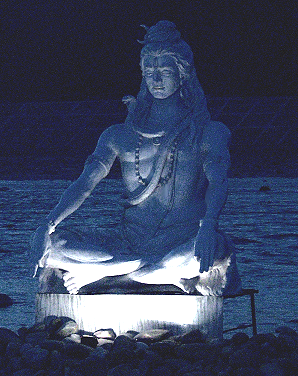
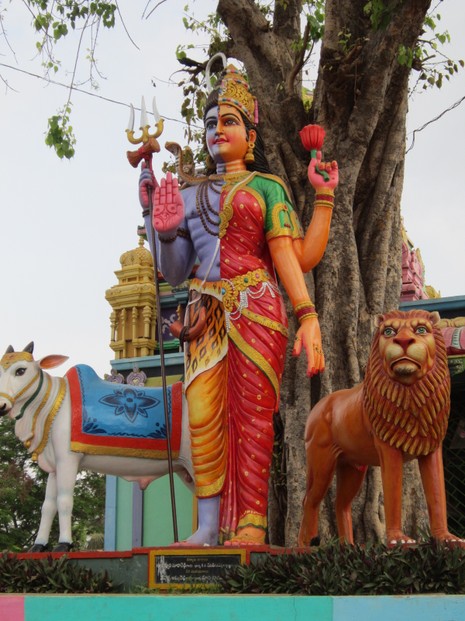
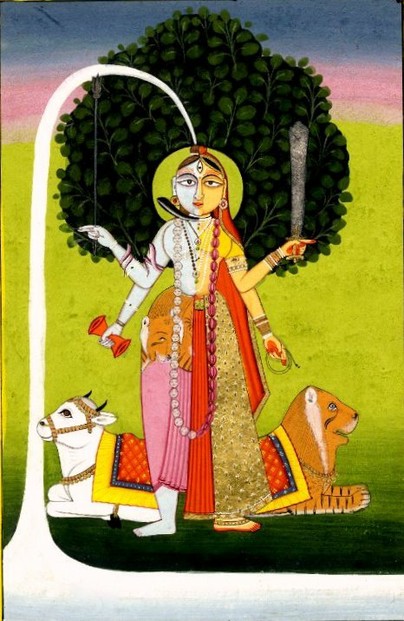
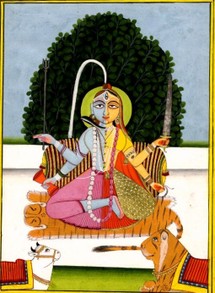
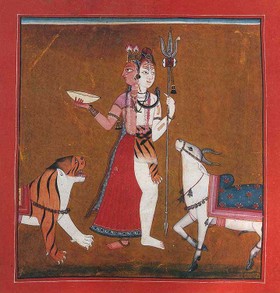

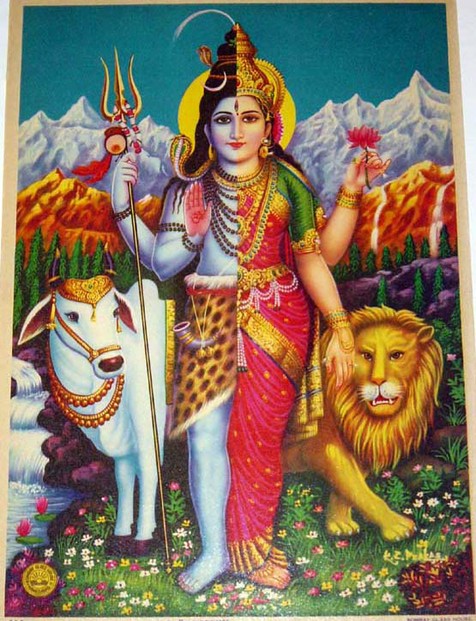
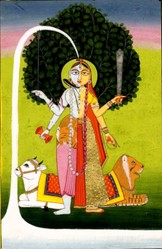

 Beach Wedding Dresses - Exotic Wedding Gowns For Beach Theme Weddingson 12/24/2016
Beach Wedding Dresses - Exotic Wedding Gowns For Beach Theme Weddingson 12/24/2016
 Purple Wedding Dresses For Bride - Dresses For Purple Theme Weddingson 03/29/2016
Purple Wedding Dresses For Bride - Dresses For Purple Theme Weddingson 03/29/2016
 Ladies Purple Wedding Shoes | Purple Themed Wedding Shoes For Womenon 04/04/2016
Ladies Purple Wedding Shoes | Purple Themed Wedding Shoes For Womenon 04/04/2016
 Unique Gifts For Horse Lovers - Unique Horse Themed Gifts For Kids & Adultson 12/16/2016
Unique Gifts For Horse Lovers - Unique Horse Themed Gifts For Kids & Adultson 12/16/2016

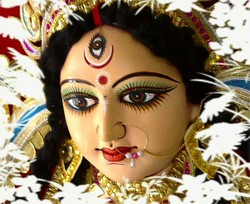
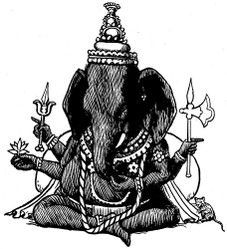
Comments
You're welcome Mira :) and thanks again!
Thank you, Violette, for your response! Much appreciated!
Thanks Frank! I will try to write on festivals and more, whenever possible.
You are right, VioletRose, to say that within a religion there needs to be a choice of paths to suit personalities. I had an elderly aunt who was not very well educated, but she was very devout and she expressed her devotion through holy pictures, shrines like Lourdes and sacred objects like statues. She was kind enough to care for us children when my mother was in hospital, so her behaviour was true to Christian teachings. Yet while I respect her way, I cannot share her very concrete devotional path, and I prefer a more cerebral approach. Both ways are equally valid.
What is important to say is that the arrival of your Hinduism article has added a new aspect to religious debate on Wizzley. Your position is closer to Jo's than to mine,but it is different in its own way and complements our writing. Keep it up. I would be interested to know of Hindu festivals, but sadly I will not be using the information in schools. I have just decided to finally retire from school and college teaching. The time is right for it, but I will keep on writing.
Hi Mira, thanks for stopping by :) If my article made you believe the goddess is about the senses, I am really sorry since I didn't mean that. The mother goddess represents the feminine energy present in the universe and also within us which is much beyond the abilities of the five senses and this energy is said to have so much power that it is possible to control our senses utilising this energy in the right way, at least to those who have the determination to do so. But it doesn't have to be that hard, as you can also utilize the energy to devote yourself to your favourite deity, or the supreme power what ever you call. As per the beliefs in Shaktism, a major sect in Hinduism, this feminine energy itself is the supreme power which controls the universe itself. Even to those Hindus who don't follow Shaktism, the goddess has much importance.
Very interesting information. I've been wondering about these notions, too: the male half and the female half, reason and the senses, etc. What I don't quite understand is how you reach moksha if you worship both Shiva and Parvathi, since Parvathi, being about change, is also about the senses (I imagine).
I agree, studying different religions can only broaden your view. I believe different religions might have evolved based on the culture and lifestyle of people, as they are so different in different parts of the world. And every religion point to the existence of a power that is beyond the power of humans and the goal is to seek that sacred power based on your own beliefs, as you say. There are differences that you see in the religious beliefs and teachings, even with in the same religion, and I believe these differences are suitable for the different lifestyles that you see in the world. Everyone choose the path that is right and suitable for them, and the most important thing is to respect other's beliefs whatever your belief is. It is interesting to learn the similarities and differences in different religious approaches, when we actually learn to respect the differences.
I think that true religion [whatever faith you hold] is to seek the seek the sacred/holy wherever it is to be found and engage with it through prayer of various kinds and philosophical/theological reflection, using the widest range of concepts available to you. You need to engage both mind and heart in this quest, and be ready to change, as the encounter with the sacred transforms you. You should be open to the good in all others, even those not of your faith.
I began with studying Philosophy and Christian theology, and I still study it, but I expanded by studying world faiths. This was a mind broadening experience that challenges prejudices and makes you rethink elements in your own faith, and my own faith has been enriched rather than damaged by studying other religions. But studying world faiths can make a maverick of you, as you have broken the mould that others want you to fit into.
In this quest you will have preferred paths. My soul resonates to a Celtic rhythm, as you can see from the fact that I am fscinated by Jo's articles on Celtic religious matters. But I am substantially Celtic, so this can be explained.
But we should always avoid thinking that all religions say the same thing. They don't, and there can be points of difference between them, but they all should be respected. There is no religion in the world today that does not contain sincere people striving to seek the sacred according to their own knowledge.
Hi Jo and Frank, I agree if we observe we can see many of the concepts are related in different religions and some of them more commonly recurring as Jo mentioned in Celtic Wicca and Hinduism. There could be many other similarities between various religions, and I also agree our archetypes have elements in common due to our way of thinking. I think it is really important to focus on the similar ideas among different religious views, as it is a positive approach. Thanks for commenting :)
@DerdriuMarriner, thank you so much for stopping by :)